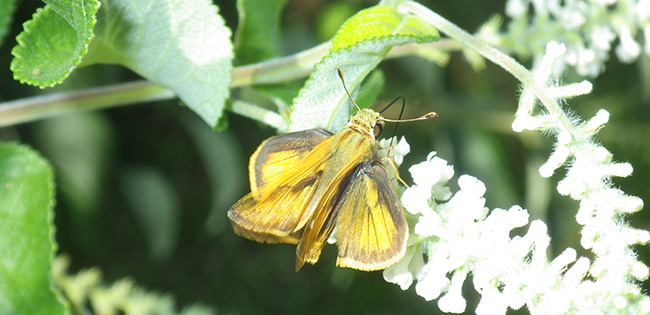History of Research and Education

In the early years use of the station was limited. CBFS was used primarily as an outdoor teaching lab. By its fifth year the field station was impacting over 500 SHSU students per semester. Much of the activity was attributed to learning exercises in; Introductory Zoology, Environmental Science, Wildlife Biology, General Ecology, Plant Taxonomy, Economic and General Entomology, Vertebrate Natural History, Aquatic Biology, Mammalogy, Herpetology, Ichthyology, Ornithology, Advanced Ecology, and Forensic Entomology. Graduate thesis research and research experiences for undergraduates comprise the bulk of discovery at CBFS.
Dr. Diane Neudorf, Animal Behaviorist at SHSU, began utilizing CBFS from its inception, to study nesting behaviors of Carolina Wrens, Thryothorus ludovicianus. Dr. Neudorf received several REU grants from NSF that utilized the field station. Her studies and those of her students continue to this date.
Dr. Eric Roth, University of Delaware, utilized the station as the field site for his dissertation in 2005 at the University of Oklahoma. He continues to visit the station every summer to work with the population of Cottonmouths, Ankistrodon piscivorous, in Harmon Creek at CBFS.
In 2007, the CBFS Director reported that the NSF supported REU program (started in 2003) had resulted in 25 oral and poster presentations at state, regional, and national meetings. Work done by these students led to submission of four manuscripts to peer reviewed journals. In addition, field work for eight Master’s theses and one PhD dissertation had been completed and five Master’s projects were in progress.
In 2007, Dr. Chad Hargrave built 24 stream mesocosms, designed to replicate the abiotic characteristics of Harmon Creek. Experiments were run to test the interaction between varying environmental conditions associated with global climate change and functional effects of fishes and invertebrates. The success of this project led to the construction of the CBFS Aquatics Facility, in 2011, and 80 more mesocosms.
Dr. Volker Rudolf of Rice University has regularly used the ponds at CBFS for training students and phenology research for at least five years. Dr. John Pascarella, SHSU, is utilizing CBFS as a sampling site in his preparation of The Bees of Texas for Texas A&M Press. Dr. Aldo Compagnoni, post doc Rice University, is utilizing CBFS in his studies of the original range of Texas Bluegrass, Poa arachnifera. Marco Minor, grad student, Texas A&M, is currently conducting an experiment related to decay of wood in various forest habitats
